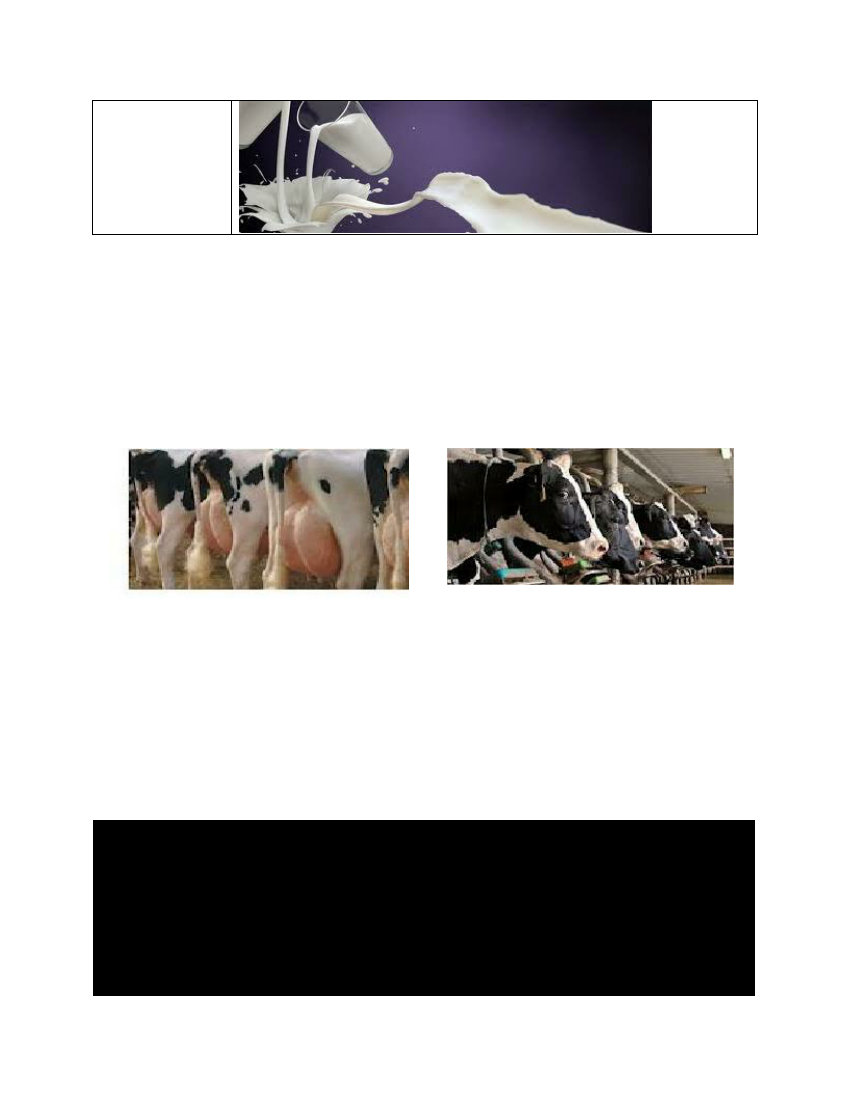
Conducive
Environmental
conditions
KDSCP worked where there existed an evolving competitive dairy industry that was placing value (to some
degree) on low income producers. Liberalization of the sector is an important pre requisite that can be
defined by private investors, numerous farmers and a variety of processors. The business support
environment was also robust enough to offer opportunities for commercial activities. A basic level of
competitiveness was a further crucial pre condition defined by increasing competition for milk revenues
and demand for differentiated business development services. Often environments will not be consistent
with this ideal scenario and ‘right sizing’ the solutions and the interventions that deliver them, will be a key
challenge for practitioners seeking to replicate the program. Right sizing often entails re thinking the
nature and scale of the solution and means of delivery. The key is to deal with what works and avoid
pursuing ideals that can only work if propped up by donor resources.
Numerous value chain actors producing milk
and milk products
Robust associations and cooperatives
Emerging support functions for the industry
such as training and basic AI and feed
services
Some importance of mass rural and poorer
producers to the industry
A demand for diverse support from farmers
Emerging lobby and interest groups
A suitable regulatory framework with
evolving policy and legislative developments
that are farmer friendly
Emerging democracy at local government
levels to better ensure government‟s
relevance to dairy and a localization of
business environment issues
Where these ideal conditions do not exist, they may be encouraged by the program, and migratory models
could be adapted for different environments. However, permanent subsidies should be avoided or limited to a
short duration with specific objectives - such as for test marketing, capacity building, awareness raising,
gathering consumer feedback and monitoring and evaluation. Using subsidies to develop markets, rather than
delivering services, involves a clear vision of a sustainable market and an exit strategy. In a sustainable market,
usually competing suppliers offer a wide range of products, they frequently innovate to meet changing
demand and capitalise on market opportunities. Sustainable markets should also grow in volume and offer
increasing access to under-served groups.
22